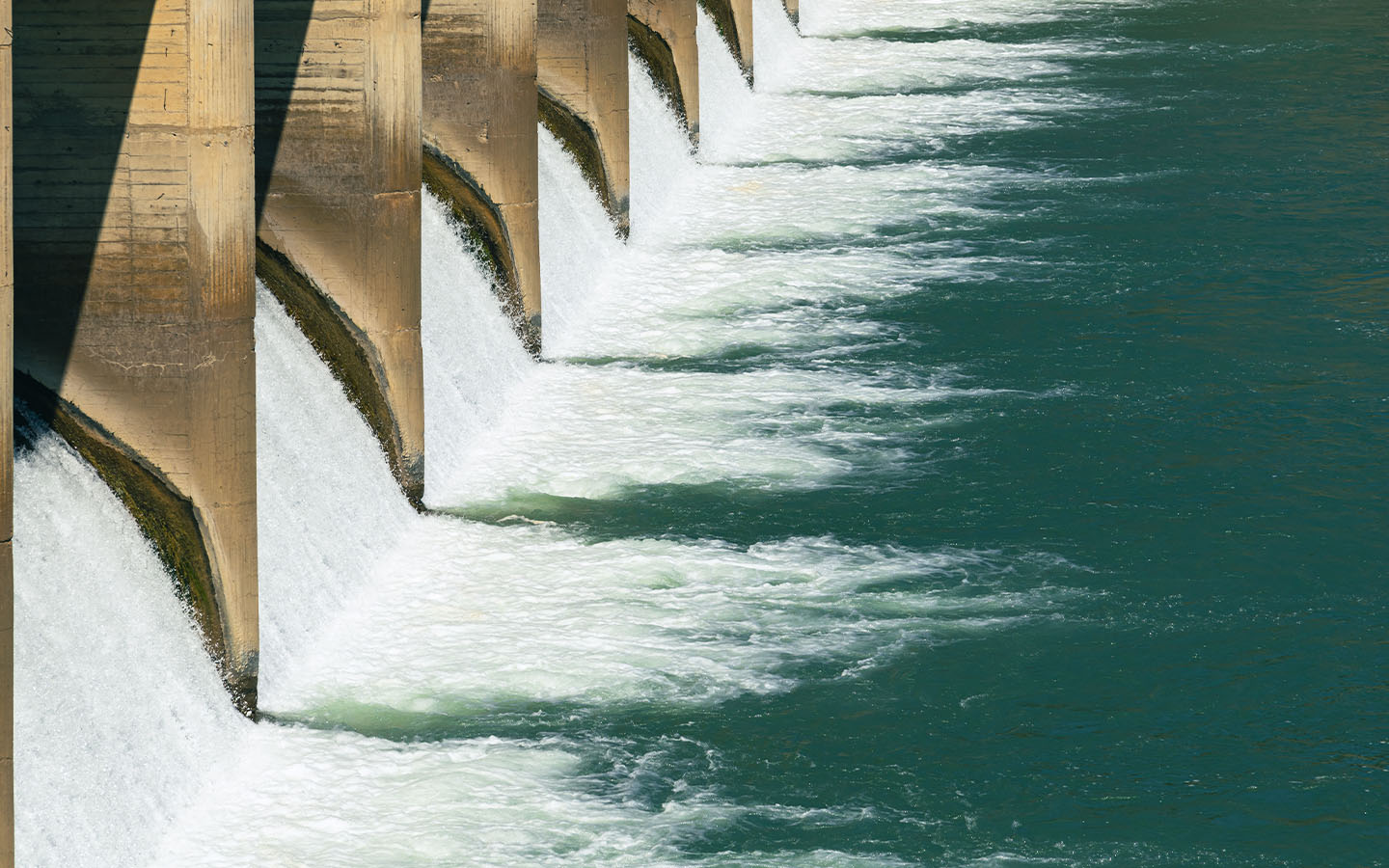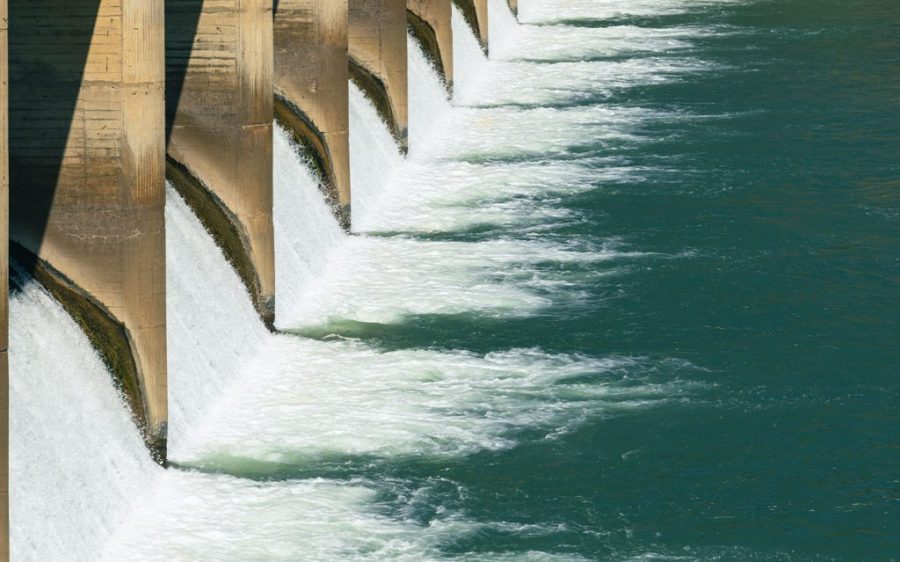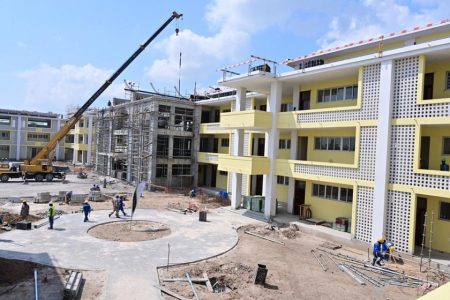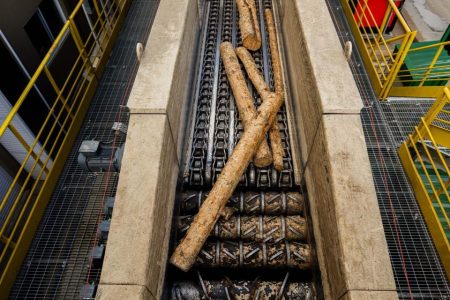Mozambique has secured backing from the World Bank for southern Africa’s largest hydropower dam in decades, a key plank in the country’s ambitious energy plans, reports Bloomberg.
The 1,500-MW Mphanda Nkuwa hydropower dam will strengthen the country’s position as a hub of energy for the Southern African Development Community (SADC), and support the World Bank-backed Mission 300 programme to connect 300 million people in sub-Saharan Africa by 2030.
The World Bank will provide around US$1.4 billion in financing, mainly for the 1,300 kilometres of transmission lines, as well as guarantees and assurances necessary to mobilise private financing. This backing is especially critical after the surge in violence over the last several months – a mix of deadly protests over the disputed presidential election and the ongoing Islamist insurgency – shook investor confidence.
“Working with instability and trying to find a way to help them become stable and developed is what our task is,” Ajay Banda, president of the World Bank group, told reporters. He noted that the World Bank is interested in financing other sectors of Mozambique’s economy, although energy is the priority.
[See more: Austrian company set to upgrade Mozambique’s Cahora Bassa hydropower dam]
Banda led a delegation visiting Mozambique last week, viewing the site where Mphanda Nkuwa will be built. The US$6.4 billion project is 60 kilometres downstream from Cahora Bassa, the largest source of electricity production in the country, which the delegation also toured.
Banda told reporters on Saturday that he believes Mozambique will become a regional electricity hub within the next decade. “I think this is a real opportunity,” said Banda.
Where electricity produced by Cahora Bassa largely goes to the more industrialised South Africa, Mphanda Nkuwa will connect to one of three isolated grids to supply power to southern Mozambique, with the option to sell excess power to countries such as Zambia, Malawi and Zimbabwe. Mphanda Nkuwa will also have much less impact on local communities and the environment, thanks to a new design being finalised that will reduce its reservoir size to a fraction of other dams on the Zambezi River.
It marks the first step in a 5 to 10 year-plan to boost electricity production in Mozambique, adding smaller plants upstream, expanding Cahora Bassa by over 50 percent and developing a 400 MW solar plant nearby. Support for some of these projects may be included in the new five-year country partnership framework the World Bank is creating for Mozambique. The push aims to increase power export revenue, spur local mineral processing and accelerate the rollout of electrification, which has doubled since 2018.






